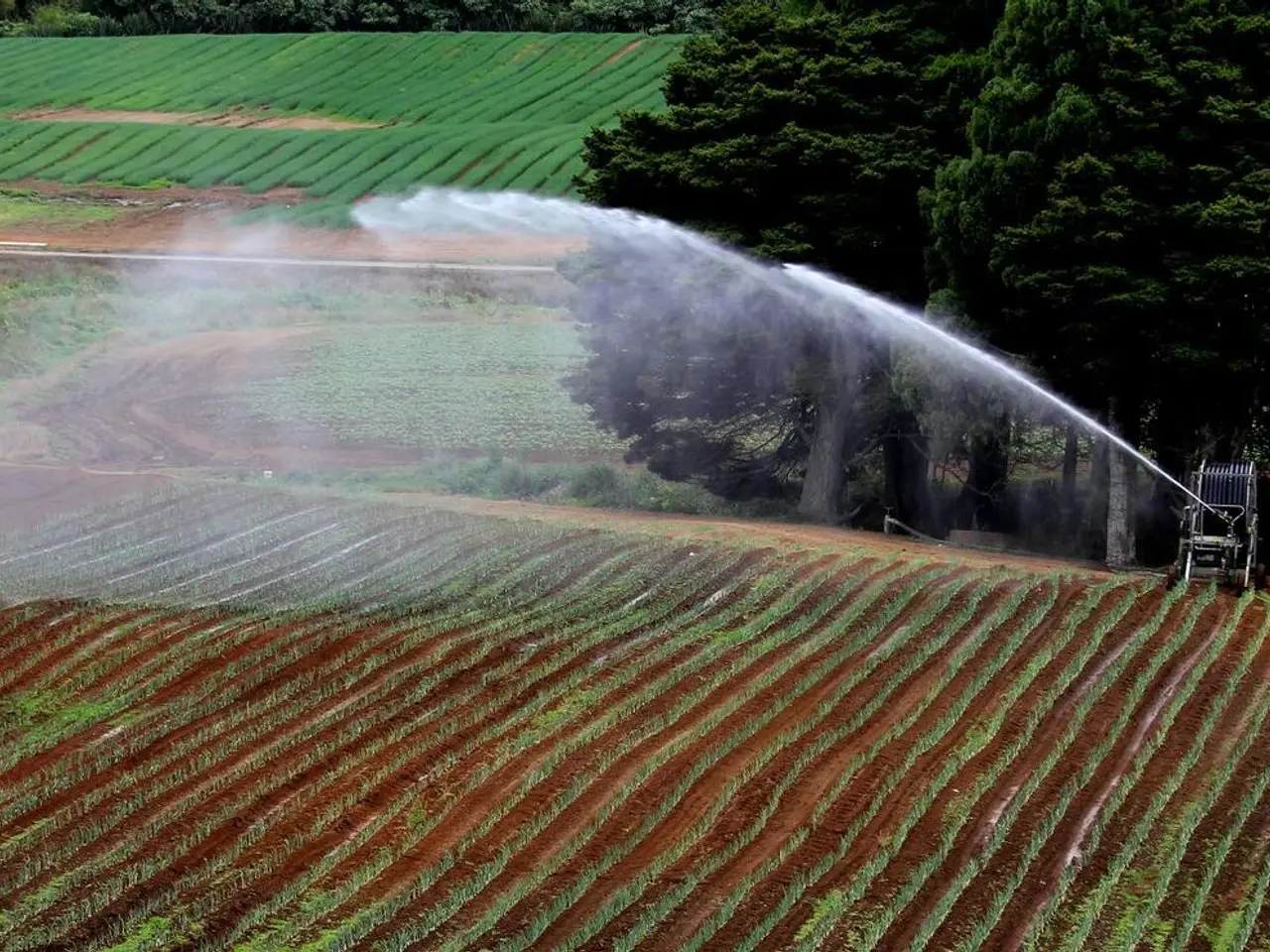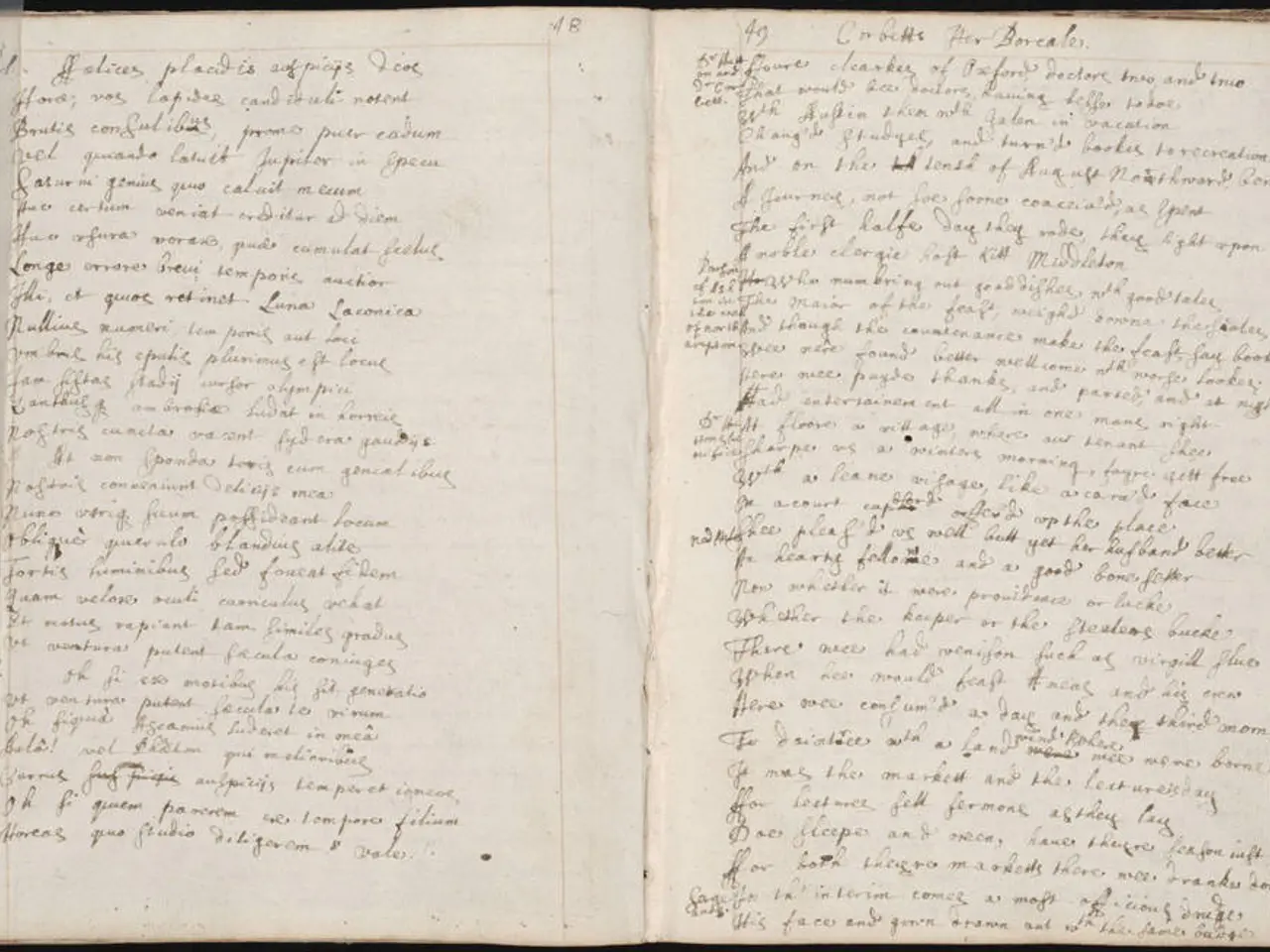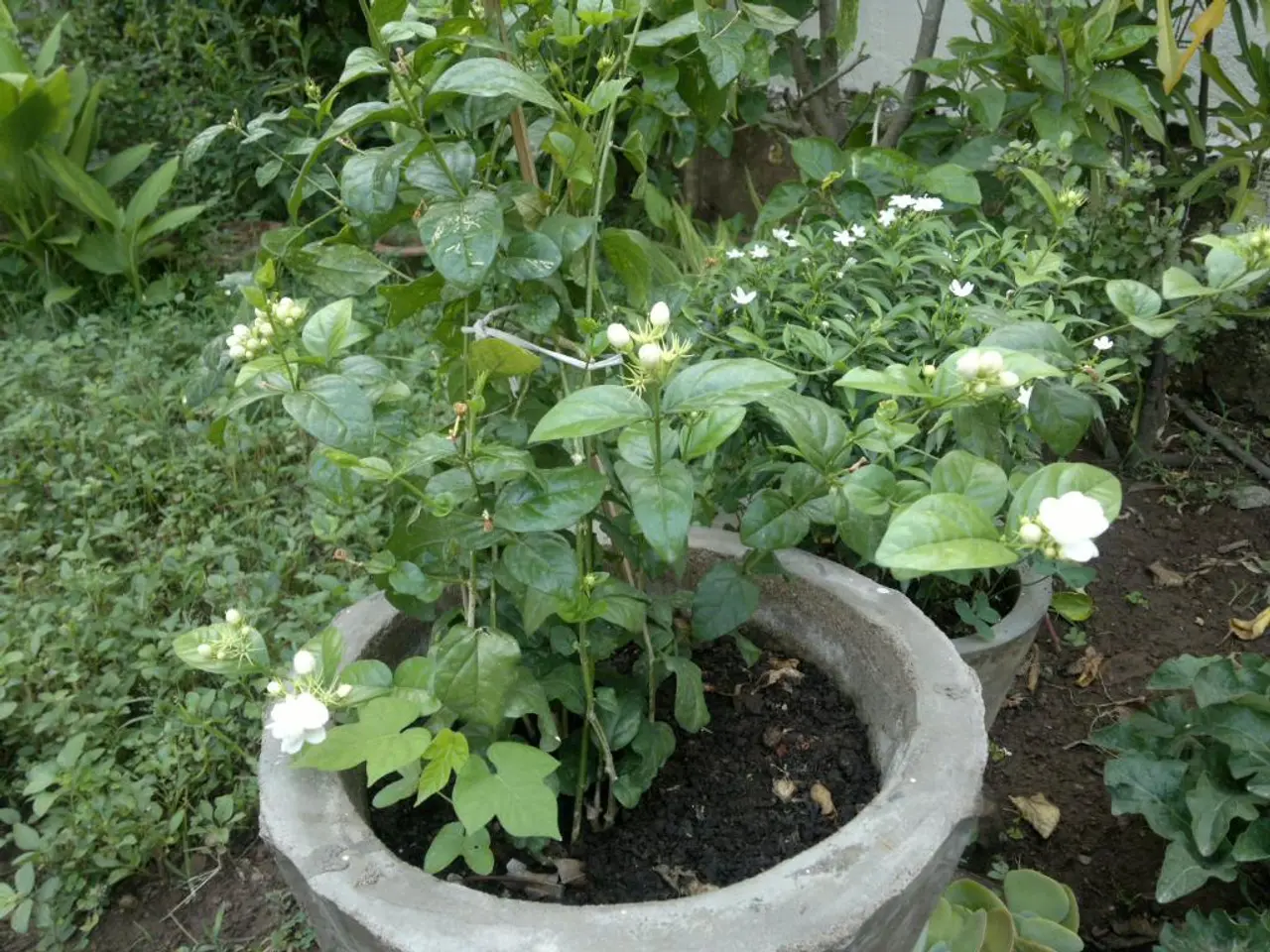Money Plant Maintenance: Comprehensive Guide for Proper Care
Money plants, also known as Epipremnum aureum, Pothos, or Devil's Ivy, are popular houseplants known for their heart-shaped leaves and easy care requirements. Originating from the Solomon Islands in the South Pacific, these plants can add a touch of tropical charm to any home.
To keep your money plant looking its best, water it when the top inch of soil becomes dry. Overwatering should be avoided to prevent root rot; the soil should be well-draining and never left soggy. For optimal results, use a well-draining potting mix composed of garden soil, compost, and sand, or a commercial potting mix with peat moss, perlite, and pine bark. The pot must have drainage holes for excess water to escape.
Provide bright, indirect light to encourage healthy growth and vibrant leaf coloration. Money plants tolerate low light and can survive in fluorescent light, but variegated varieties need more light to maintain their patterns. Avoid direct sunlight, which can scorch the leaves.
Inspect your money plant regularly for pests such as mealybugs, spider mites, and scale insects. Treat as needed to prevent infestations. Pruning can be done by cutting just above a leaf node, which will stimulate new growth from that point. Regularly trimming and training your money plant will help maintain its shape.
Fertilize your money plant every 4-6 weeks during the growing season (spring and summer) using a balanced, water-soluble fertilizer. Repotting every 1.5 to 2 years is recommended to refresh the soil and provide room for growth. Maintain moderate humidity (40–60%) and use filtered or RO water for propagation to avoid chlorine damage.
Training your money plant using a moss pole, trellis, or other support structure can create a more vertical growth habit. Money plants grow best in well-draining, peat-based potting mix.
Remember, yellowing or smaller leaves can indicate nutrient deficiency, remedied by applying balanced fertilizer monthly during the growing season. Overwatering can cause root rot, a fungal disease that causes the roots to turn brown and mushy. Underwatering can also cause yellowing leaves. Money plants thrive in bright, indirect light, with a spot near a north- or east-facing window being ideal.
By following these care guidelines, you can ensure healthy growth, longevity (Pothos can live 5–10 years or longer), and vibrant foliage for your money plant. Happy growing!
- Add a touch of vertical charm to your home by training your money plant using a moss pole, trellis, or other support structure.
- In a nursery or home-and-garden store, buy a commercial potting mix with peat moss, perlite, and pine bark for your money plant.
- Pruning your money plant can be done regularly to maintain its shape and encourage new growth from the leaf nodes.
- To grow money plants in a garden, choose a well-draining soil mix containing garden soil, compost, and sand, or a commercial mix with peat moss, perlite, and pine bark.
- Prevent pests like mealybugs, spider mites, and scale insects on your money plant by inspecting it regularly and treating as needed, and ensure watering practices are optimal to avoid root rot.




